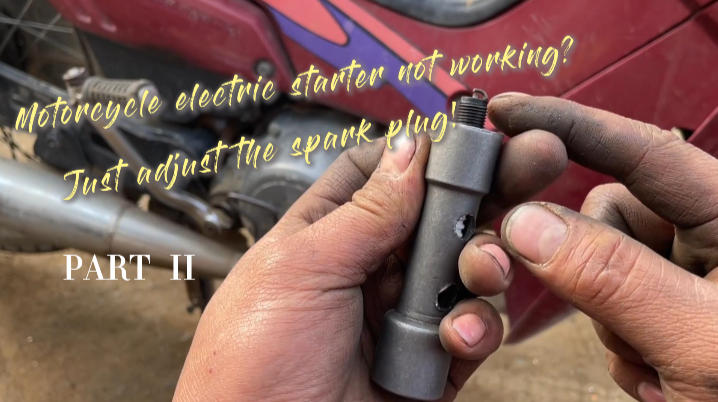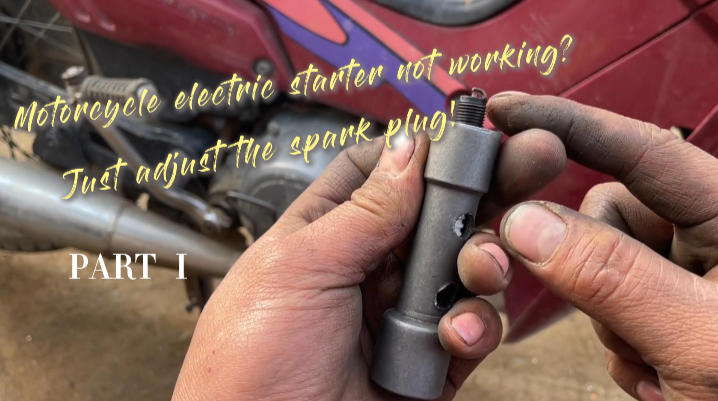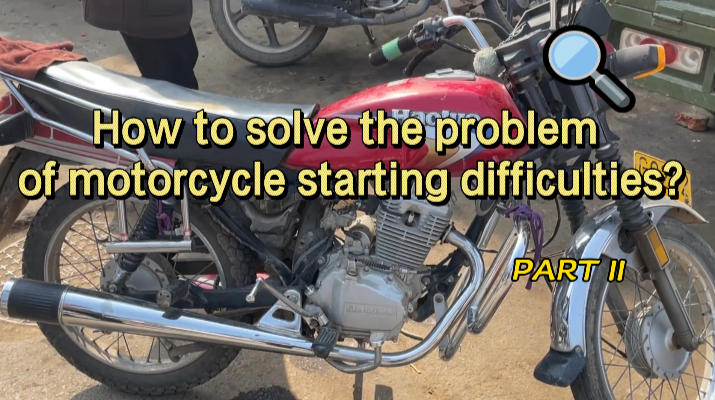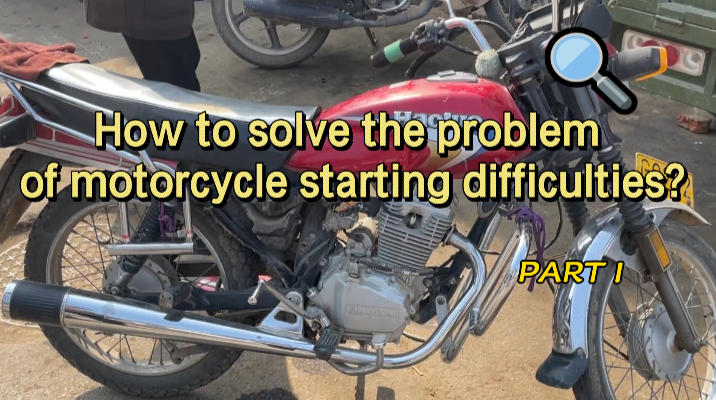Snowmobile Age Requirements and Rules: What You Really Need to Know
-
48
-
2025-10-20 17:24:02
Ask anyone who’s been on a snowmobile: it looks like fun, and it is — but it’s also a machine that demands respect. Rules are part of the deal. Not just boring red tape, but real boundaries that keep riders safe and trails open for everyone.
And yes, some of those rules involve how old you are, where you ride, and whether you’ve passed the right course or not. Sounds dull, but when you’re out there in the cold, trust me — it matters.
Why Age Rules Exist
A snowmobile isn’t a toy. Even the small ones can reach wild speeds in seconds. A ten-year-old might handle a video game well, but a patch of ice at 50 km/h is another story. These laws aren’t about stopping kids from having fun — they’re about making sure they’re ready before they take full control.
Growing up a bit, learning how to judge distance, reading terrain — all that matters. So, the idea behind age rules is pretty simple: let them ride, but only when they’ve learned enough to stay safe.
A Rough Idea of Age Limits
There isn’t one global rulebook. Every country, sometimes every region, writes its own.
Still, here’s how things usually line up:
Under 10: Passengers only. They can tag along, but not drive.
12–15: Often allowed to ride if they’ve taken a safety course or are under adult supervision.
16+ (sometimes 18+): Free to ride alone on public trails, provided they’ve got the right licence or trail permit.
It’s all about location. In one area, a 12-year-old might legally ride across private farmland. In another, they’d need paperwork before even starting the engine.
Canada and the U.S. — Local Rules Everywhere
If you’re in Canada, the rules shift from province to province.
Ontario and Quebec ask young riders to pass a safety course and carry a temporary licence.
Alberta and some eastern provinces are more relaxed if it’s private land, but strict once you hit public trails.
In the United States, it’s much the same.
Minnesota, New York, and Maine all have their own training programmes.
Some states let kids ride early with certificates; others say “no solo rides until 16.”
Bottom line: check before you go. What’s fine in one county might earn you a fine in another.
Scandinavia and the Rest of Europe
Snowmobiles are part of daily life in parts of Europe, especially Scandinavia. The rules are often tighter because sleds are seen as vehicles, not toys.
Sweden: Usually 16+ to ride alone, with a proper snowmobile or driving licence.
Finland: Needs a T-class or suitable licence.
Norway: Must be at least 16 and complete an approved safety course.
Elsewhere — like the UK — snowmobiles are rare and treated like off-road vehicles. You’ll mostly stick to private land unless your sled is road-registered, which few are.
Private Land vs. Public Trails
Here’s where people get caught out.
Riding in your own field? That’s fine — supervision rules are relaxed.
But the second you roll onto a public trail, everything changes. You’ll need registration, insurance, the right age, and sometimes a pass. If you’re not sure which side of the line you’re on, check first. Getting fined for something simple like crossing onto a maintained trail isn’t fun.
Why Safety Courses Are Worth It
In many regions, a snowmobile safety course is your ticket to freedom. They’re short, easy, and surprisingly practical. You’ll learn:
How to handle corners without tipping
What trail signs mean
When ice isn’t safe
How to help yourself (or someone else) if things go wrong
Once you’ve passed, keep that certificate handy. It can get you better insurance rates and save a lot of hassle if you get stopped by an officer.
Gear, Helmets, and the Legal Bits
You’ll see a few universal laws. Helmets are one of them.
In nearly every snowmobiling region, both the driver and passenger must wear an approved helmet — ECE, DOT, or Snell certified. Goggles or visors are usually mandatory too.
Registration and trail passes fund the grooming work that keeps trails safe. And insurance — even if optional — is just common sense. One small crash can turn into a big bill fast, especially on private property.
If You Break the Rules
Don’t assume it’s “just snow.” Enforcement is real. Rangers and wardens patrol trails, and fines aren’t small.
You could face:
Trail bans
Sled confiscation
Legal charges if someone gets hurt
Insurance refusing to pay out
No one wants that. Follow the basics — it’s cheaper and much safer.
Before You Ride
Every winter, before you even fuel up, check:
Your local snowmobile laws and age rules.
That your licence, trail pass, and insurance are valid.
Your gear — especially your helmet and visor.
That you’ve refreshed your safety training if needed.
It only takes a few minutes, but it can save your trip, your wallet, or even your life.
Final Word
Snowmobiling should stay what it’s meant to be — fun. The laws aren’t there to ruin it; they exist to make sure you can keep doing it for year
-
Oil Pump JR-B18-1 16700-K20-903 For Z00MER

-
Oil Pump JR-B18 16700-KVG-41 For AIR BLADE
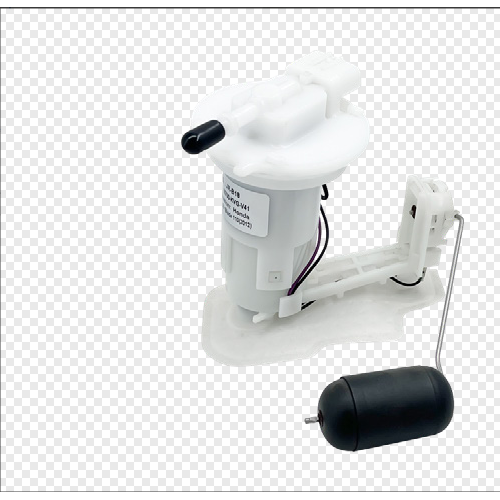
-
Oil Pump JR-B113 16700-HR3-A21 For Fou rTrax Rancher
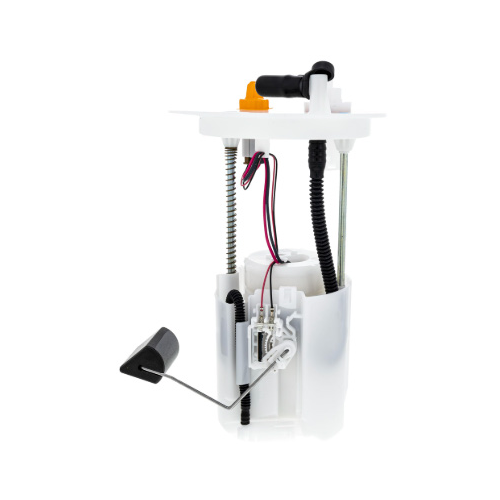
-
Oil Pump JR-B112-1 275500734 For GT1 130/155 2011-2012
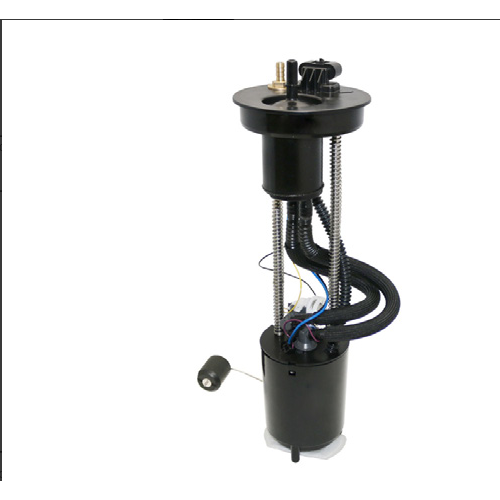
-
Oil Pump JR-B112 47-1027 For MAVERICKX
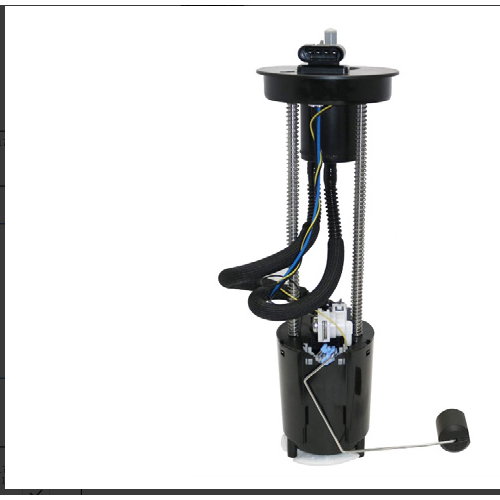
-
Oil Pump JR-B110 47-1050 For OUTLANDER
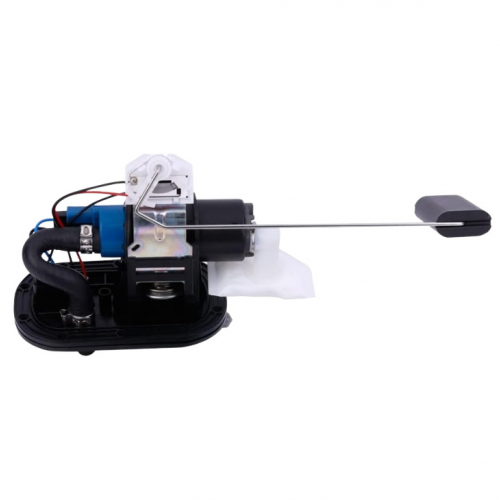
-
Oil Pump JR-B109 709000758 For OUTLANDER
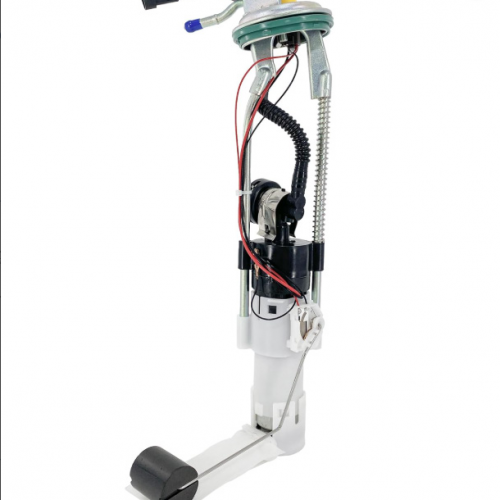
-
Oil Pump JR-B108-1 2204308 For SPORTSMAN
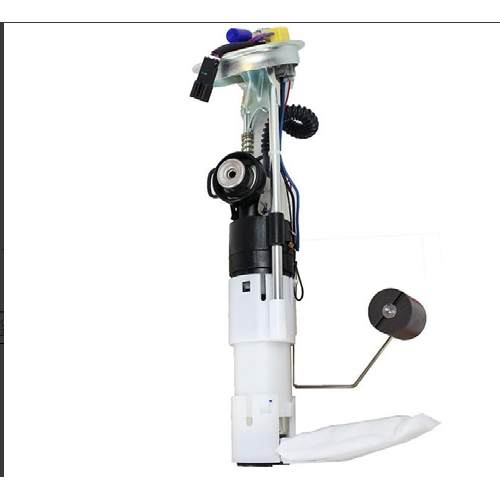
-
Oil Pump JR-B108 47-1014 For SPORTSMAN
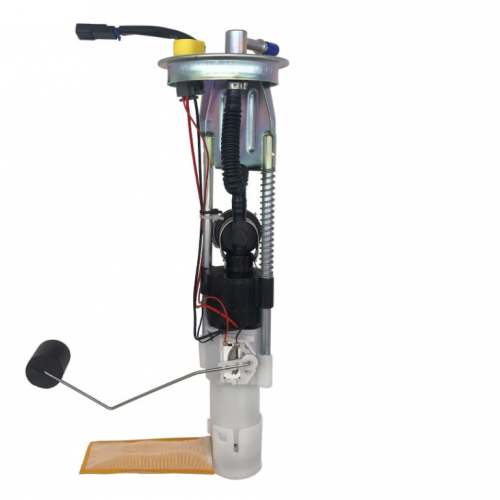
-
Oil Pump JR-B98-1 47-1012 For RANGER



